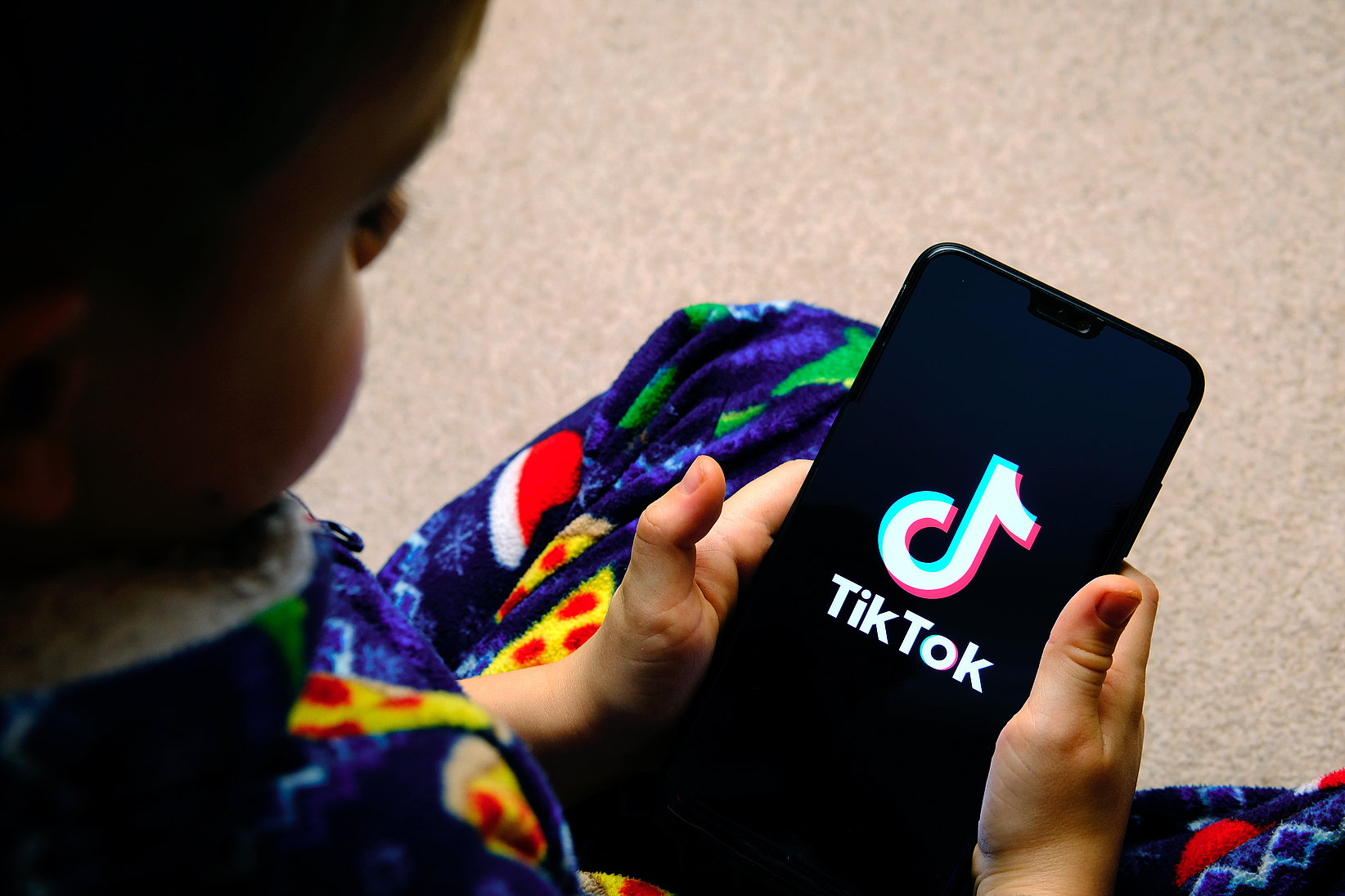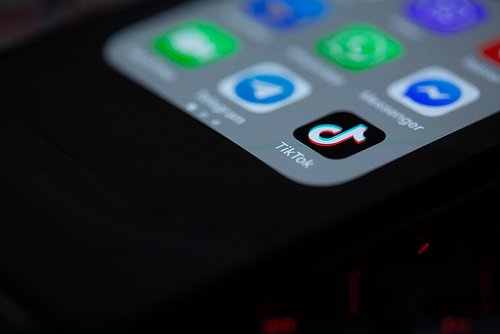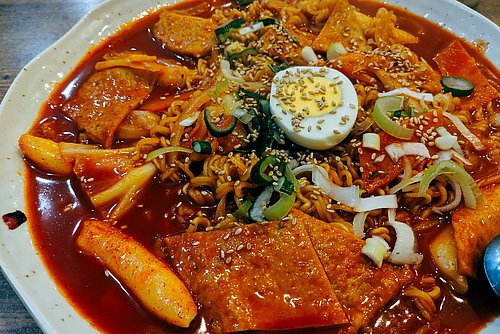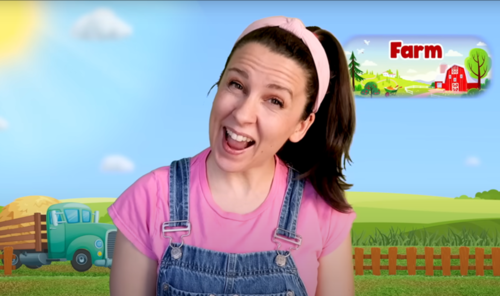
Children's marketing, Digital Marketing, Gen Z, Marketing Agency, TikTok, Young target group
The Ukraine War’s Impact on Tiktok Content Producers

The Russian invasion of Ukraine is undeniably the most discussed topic around the world. The war, in all its gruesome detail, is shared a lot on social media for a variety of reasons. Unlike the wars from the past, this war is available to the youngest audience almost from the front lines.
One of the reasons for sharing so much information about the war is to combat Russia's constant stream of disinformation. Ukrainian influencers have changed their normal content of morning routines, fashion, and dance videos to showing their real-life experience in windowless shelters, packing their belongings to flee the country, and describing the explosions. Given this, when searching for updates on the war, Ukrainian influencers have become a go-to source for such news.
Understandably those influencers didn’t appreciate or even consider the impact of this content on young audiences. Before the war, general search on TikTok was full of funny videos, cute pets, and helpful recipes. Nowadays when kids open their TikTok app they can easily be greeted with real-war content in all its grizzly detail. This can be alarming for many children and could have significant consequences on their mental health.
For a while now producers of children's content have been experimenting with TikTok as a means to reach their audiences. Unlike most social media platforms children under 13 can use TikTok (the account can’t share content and is restricted) and so everyone from Nickelodeon to Disney Channel have official TikTok accounts.
However, we have heard from a few of our partners that clients are beginning to be concerned about how their content is increasingly being sandwiched between scenes from Ukraine. It is bringing to stark reality the fact that they cannot pick and choose the other content that surrounds theirs. This fact is making them question the viability of the platform, at least when there is a lot of content that is inappropriate for their audience proliferating the channel.


